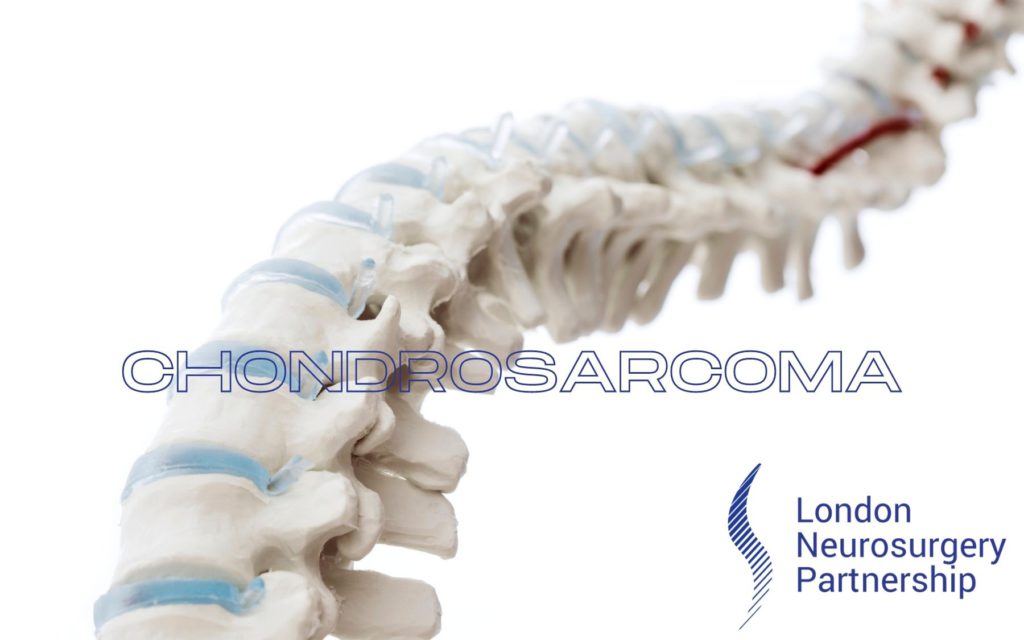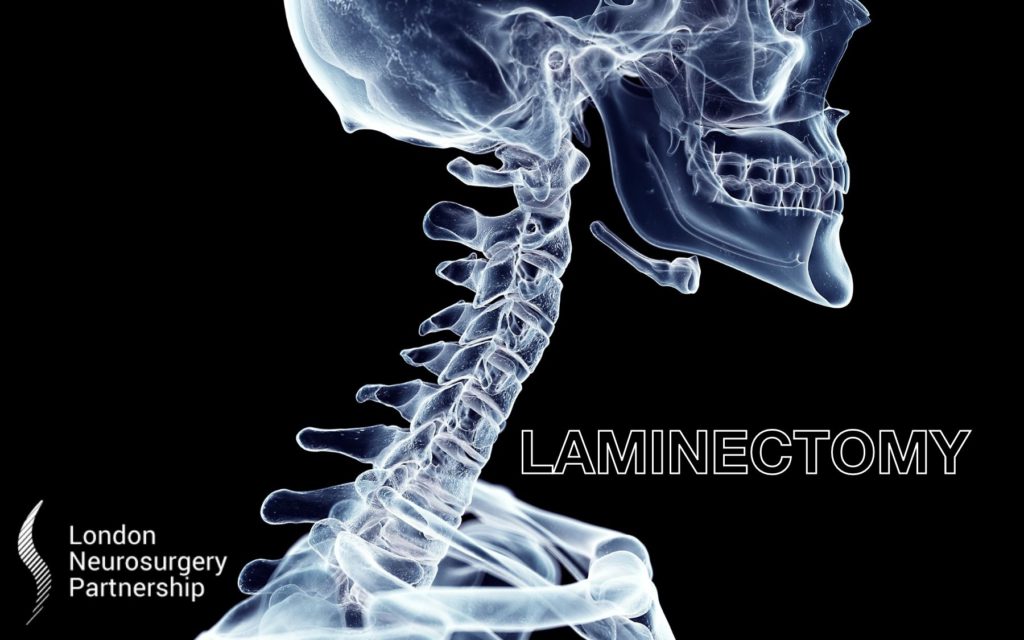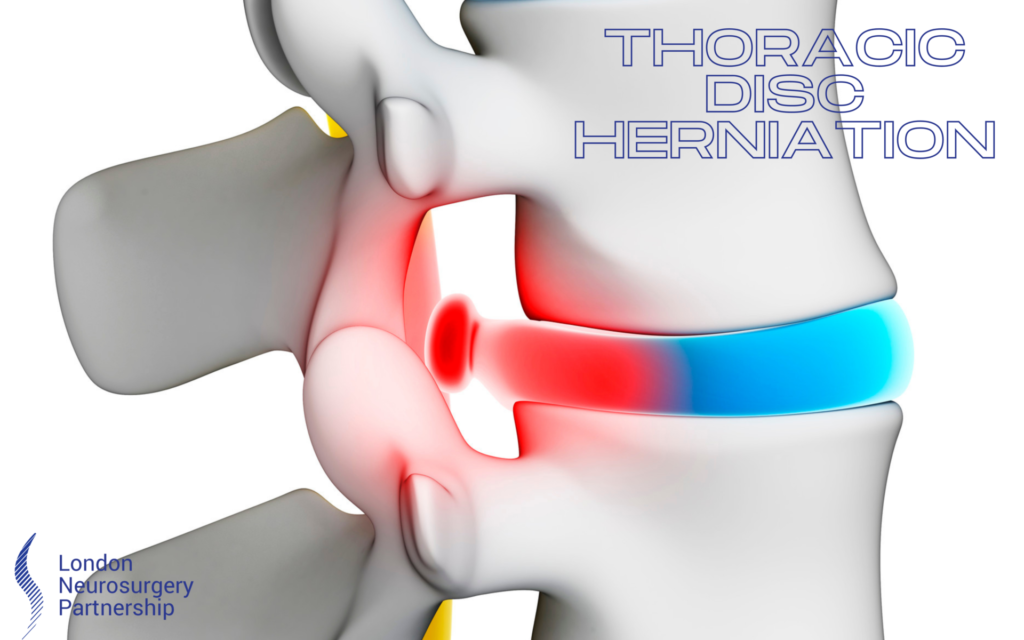
Chondrosarcoma is a type of bone sarcoma (cancer) that develops in the cells that produce cartilage (chondrocytes). Although it is a rare condition with only around 560 new cases in the UK every year, it is the most common type of malignant primary bone cancer in adulthood. Chondrosarcoma can affect any bone in the body, but the most commonly affected sites are the; pelvis, rib cage, arms (upper arm or humerus), shoulder blades and legs (proximal femur in the thigh and tibia in the shin). It is extremely rare for chondrosarcomas to form in the spine or skull, with malignancies in these areas only representing 5-10% of all cases. Mr Nick Thomas specialises in chondrosarcoma at The London Neurosurgery Partnership.
Risk Factors
Although it is not fully understood what causes chondrosarcoma, there are several factors that put people at a higher risk of developing the condition. These include:
- Gender. Males have a slightly higher risk than females.
- Age. Most chondrosarcoma cases develop in people over the age of 40.
- Underlying bone diseases. For example, Paget’s Disease, Ollier’s Disease and Muffucci Syndrome.
- Genetics. Certain hereditary conditions may make people more susceptible to chondrosarcomas including; multiple hereditary exostoses (hereditary skeletal disorder) and Wilm’s tumour (kidney tumour)
- Environmental factors. Previous radiotherapy treatment for a pre-existing condition may increase a person’s risk of developing chondrosarcoma.
Symptoms of chondrosarcoma
Chondrosarcomas of the spine usually cause bone pain or tenderness that may increase with exercise or feel worse during the night. Around 50% of patients with spinal chondrosarcoma will experience neurological symptoms, which result from the tumour pressing on the nerves in the spine. Symptoms may include;
- Pain
- Numbness or tingling
- Muscle spasms or muscle weakness.
Chondrosarcomas of the skull base may affect nearby cranial nerves and the brainstem which may lead to the following symptoms:
- Headaches
- Dizziness
- Double vision (or other vision changes)
- Hearing loss
- Weakness
- Hormonal dysfunction.
- Other general symptoms associated with chondrosarcoma include a lump or swelling around the affected area of bone and restricted movement.
Diagnosis of chondrosarcoma
The symptoms of chondrosarcoma are similar to many other conditions, which can make it difficult to diagnose. After an initial consultation, the following test may be required to aid the diagnosis, including; blood tests, scans (X-ray, CT, MRI, bone scans and PET CT), and biopsies. A biopsy will reveal the type of tumour and how slowly or quickly it is growing, whilst scans are required to understand if the cancer has spread elsewhere in the body.
Potential treatment options
Depending on the location and size of the chondrosarcoma the treatment options may include; radiotherapy, chemotherapy and surgery. Complete removal of the chondrosarcoma by surgery may be difficult depending on the location of the tumour. Therefore, treatment may involve combined or multiple procedures to be successful. Your consultant will discuss all potential treatment options and the advantages and disadvantages of these with you.
This article is intended to inform and give insight but not treat, diagnose or replace the advice of a doctor. Always seek medical advice with any questions regarding a medical condition.
Back to brain conditions.





0 Comments